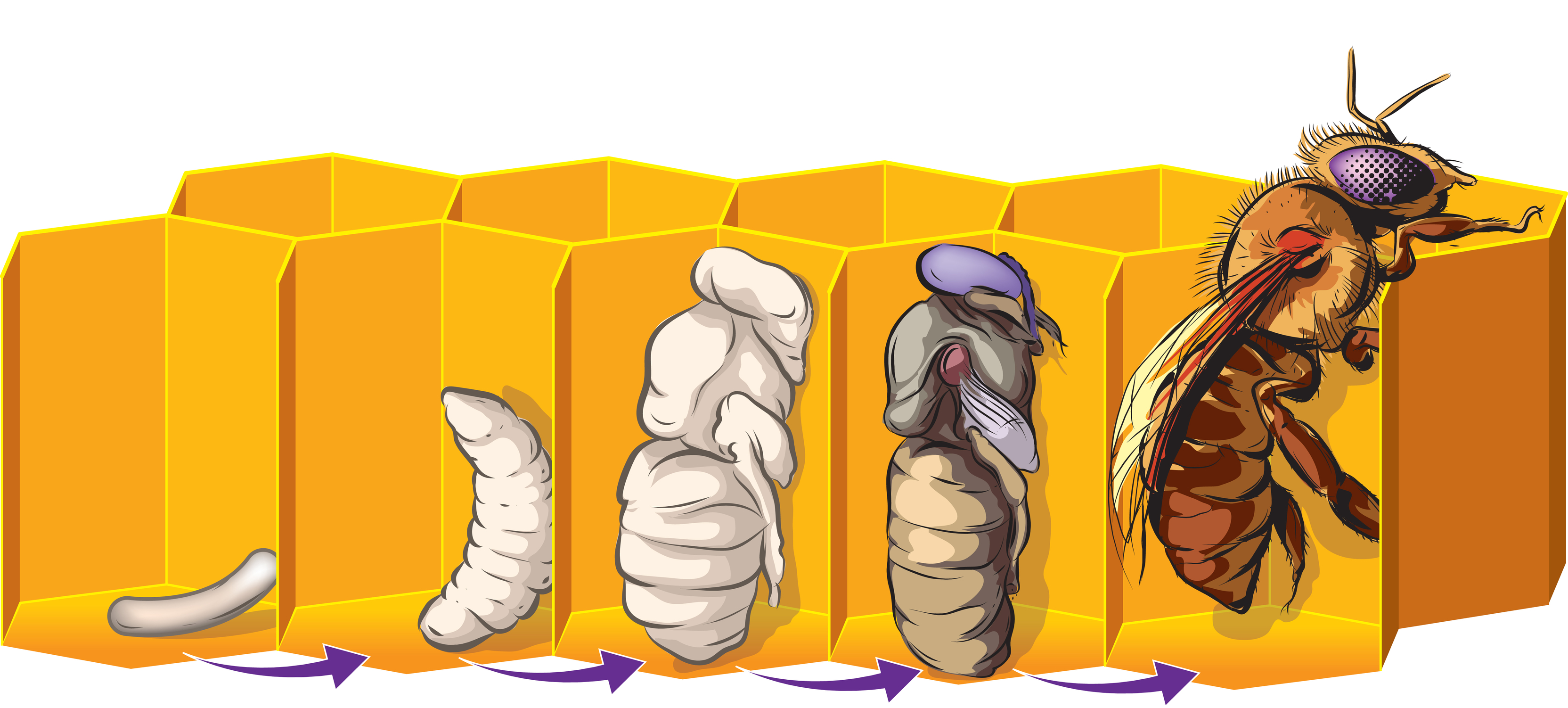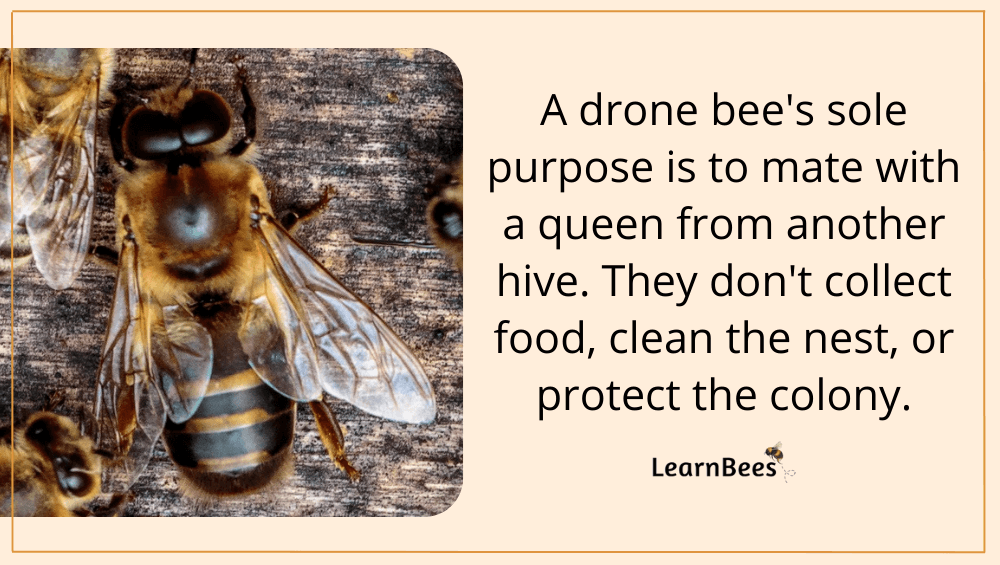

Each larvae receives approximately 10,000 visits from the nurse bees duringĭevelopment. Asĭietitians they prepare one kind of food for the queen larvae and another for the worker andĭrone larvae.

Into approximate position in the form of round cells, and then thinning down the wax walls toĪ uniform thickness to produce the hexagonal cells for strength and economy of wax. The building of comb is accomplished by first "plastering" the wax Its structural strength, economy of material, and the rapidity with which they construct the Their architectural skill and craftsmanship is exemplified by the beauty of the honey comb, Keepers, experts in heating and air conditioning, and fully qualified to police and defend their They are skilled architects and craftsmen, qualified dieticians and nurses, proficient house Whereas man has had to develop these through intellectual inquiry, learning, and experience. Worker bees inherit many skills man employs that they manifest purely on a behavioral basis Perhaps nectar when there are no field bees of normal age to do this work. Similarly, very young bees can forage for pollen and Or they can secrete wax and build comb even though their glands are not fully developed or Bees under 3 days old and the field bees can feed the queen and raise brood When theĪge groups are not in normal balance, bees of any age can do the work necessary, but not There is considerable overlapping of the age groups engaged in the various duties. Other labor activities include gathering water and propolis, and defense of the colony. Process of changing nectar into honey and in the air conditioning of the colony to maintain a

All the bees in the colony probably contribute to the Those over 21 days old forage for nectar. They secrete wax for comb building those 14 to 21 days old forage primarily for pollen and In a general way, bees under 3 days old clean and polish the cells for the queen to lay in andįor food storage those 3 to 7 days old feed the older larvae those 7 to 14 days old secrete royal jelly for feeding the queen, younger worker larvae, and queen larvae of any age, and Physiologically than a 20-day old bee in summer. During dearth periods, especially in winter, a 60-day old bee may be younger Is similar to their actual age during the active season when the colony is raising brood and The worker bees exhibit a well-defined division of labor based primarily upon their physiological age but modified to some degree by the needs of the colony. The queen's sting is curved and smooth and is used only to Glands on the underside of their abdomen for the secretion of wax, and a straight barbed sting for the defense of the colony. Jelly, enzymes for the conversion of nectar into honey, and glands that function in communication highly specialized leg structures for gathering and carrying pollen, four pairs of wax Mandibles (jaws) especially designed for comb building, special glands for secreting royal Structurally they have a longer tongue for gathering nectar, modified The worker bees differ markedly from the queen in many respects other than function, length Queens for market is a highly specialized field of beekeeping. Any worker larva under 24 to 48 hours old can beĭeveloped into a queen under the proper colony conditions that insures the nurse bees willĬonstruct a queen cell and feed royal jelly lavishly to the developing larva. Longer to develop than the queen, yet their life expectancy is only 5 weeks during the summer and a few months during the winter. The difference in the cell and food environment causes the worker bees to require 5 days Pupae, emerging as adult bees 20 days after the eggs were laid. They are sealed in their cellsįor 12 days, during which period they spin a cocoon and transform from the larvae to the Their diet is changed to include pollen and honey for 2 1/2 days. Worker-bee larvae hatch from the eggs in 3 days, are fed royal jelly for 2 1/2 days, and then Their eggs, usually placed in worker cells, develop into undersized but Of laying small numbers of eggs under some conditions. The worker bees are sexually underdeveloped females smaller than the queen but capable Three articles in the American Bee Journal December 1967, pages 461-462, 464 January 1968, pages 21-23 February 1968, pages 60-64. Information Sheet 27, The life of the beeĮxcerpts from: The Life of The Honey Bee, Its Biology and Behavior with an Introduction


 0 kommentar(er)
0 kommentar(er)
